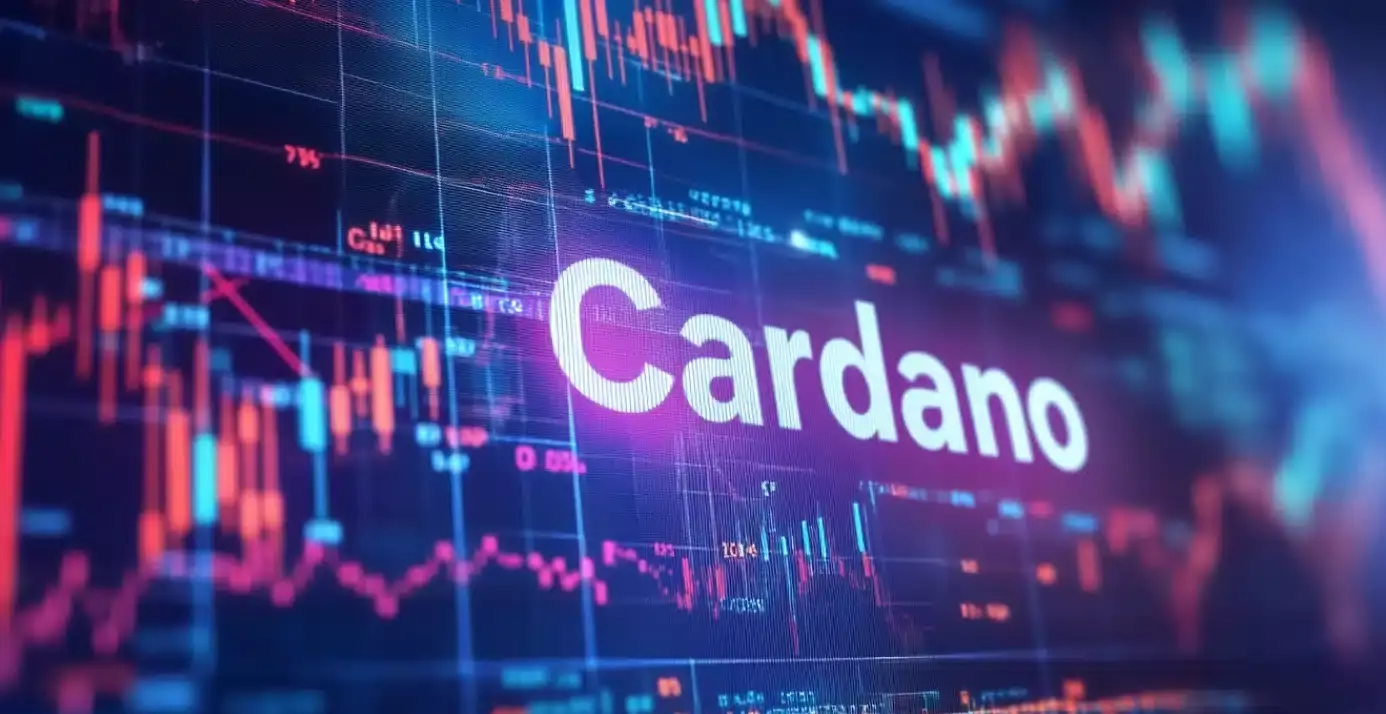Cardano (ADA), one of the major players in the blockchain sector, has recently found itself at a pivotal junction, trading at approximately $0.80. This figure marks a significant decline of over 40% from its peak in December. Such a retreat has raised eyebrows within the cryptocurrency community, especially following remarks from Charles Hoskinson, Cardano’s founder, who passionately defended the network’s potential in a recent YouTube interview.
Hoskinson’s discussion centered on the unique position Cardano holds in the blockchain ecosystem, particularly its ambitions to integrate with Bitcoin. He hailed this as an overlooked $2 trillion opportunity, arguing that no other competitor, including Ethereum and Solana, has the capabilities to achieve such integration. He stated, “Somebody is going to crack it. We will work on it hard as we aim to be the Decentralized Finance or DeFi layer of the Bitcoin network.” This bold assertion places Cardano in direct competition with other established platforms and represents a significant strategy to attract investment and user engagement.
In the context of the current market dynamics, Hoskinson’s criticism of Ethereum’s layer-2 networks is particularly noteworthy. Ethereum’s current ecosystem is thriving with various layer-2 solutions such as Base, Arbitrum, and Optimism, which have captured a significant user base due to their efficiency and lower transaction costs. These networks effectively leverage Ethereum’s security while providing solutions that facilitate faster, cheaper transactions.
Moreover, Hoskinson’s comments on Solana reflect a broader critique of its sustainability, especially in light of the increasing data and network activity. As transaction volumes continue to rise, the pressure on Solana could reveal vulnerabilities that may impact its long-term viability. This comparison amplifies Cardano’s quest to position itself as a viable alternative to both Ethereum and Solana, emphasizing its commitment to exploring what many view as untapped potential in the Bitcoin space.
In the wake of Hoskinson’s assertions, there is also anticipation surrounding Cardano’s partnership with BitcoinOS, set to unfold in the coming months. This strategic move demonstrates Cardano’s intent to enhance its ecosystem and possibly serve as a foundational layer for Bitcoin’s decentralized finance (DeFi) aspirations. Although other projects like Core and Stacks are making strides in building on Bitcoin, Cardano aims to carve out a unique identity that focuses on capitalizing on decentralized finance.
Despite a tumultuous recent history, ADA’s market behavior provides glimmers of hope for bullish investors. The cryptocurrency appears to be maintaining its position above the 50-week moving average, implying that bullish forces are still in play. Analysts speculate that a recovery could see ADA revisiting its previous highs of $1.32, representing a potential upside of 70% from its current valuation.
While Cardano faces formidable competition from both established blockchains and emerging technologies, Hoskinson’s vision and recent developments suggest a proactive pivot that could yield significant dividends in both the short and long term. The path ahead is fraught with challenges, but the strategic focus on Bitcoin integration indicates that Cardano is not merely waiting on the sidelines; it is gearing up for a robust re-entry into the market dynamics.


Leave a Reply